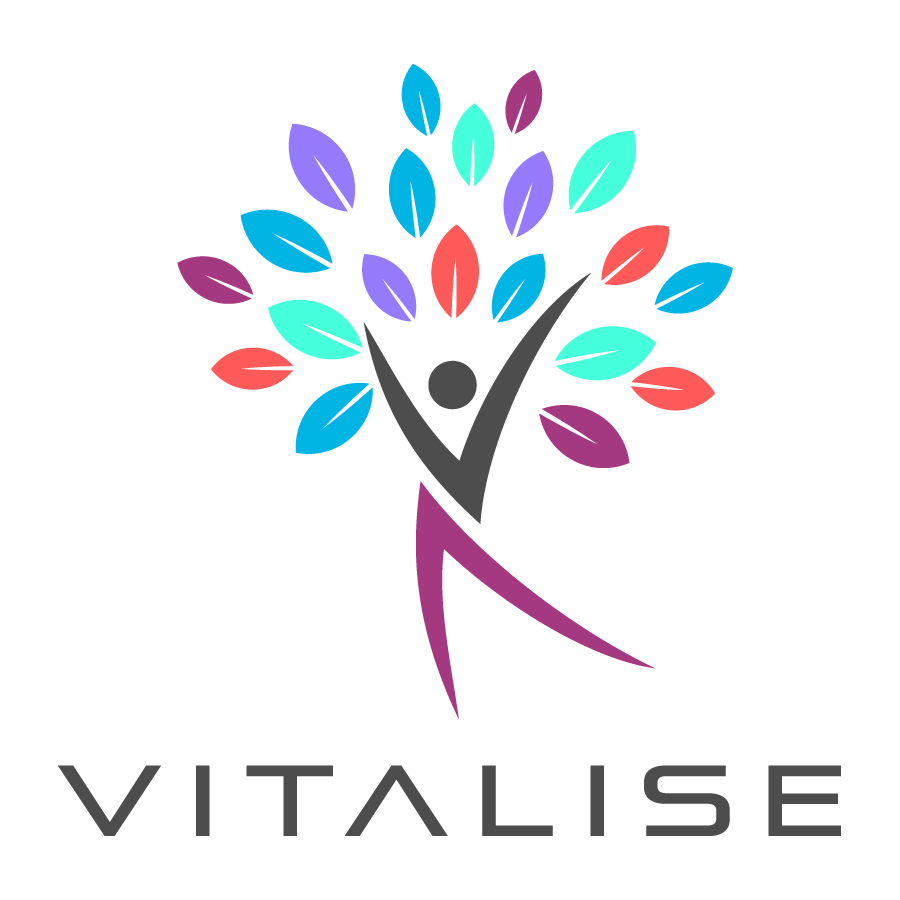Innovation Process
Last modified by Sarantis Dimitriadis on 2023/05/30 17:04
This Table presents the Living Lab innovation process phases with detailed information about the activities performed at each stage. The Living Lab Innovation process stems from the TRL levels of innovation process.
Living Lab innovation process phases:
| Title | Research environment | Solution name | Functionality, Interactivity | Solution maturity | Exploratory research aim | Confirmatory research aim |
| TRL 1: Need assessment and ideation | Laboratory | Idea | None | A group of needs, problems, opportunities and/or ideas identified. Not been proven feasible. | Investigate a problem or topic to generate new ideas and hypotheses. | Prioritize needs and ideas. |
| TRL 2: Concept co-creation | Laboratory | Visual prototype | None, or very limited | High-level speculative and static concept transforming to concept prototype without or very limited functionality. Focuses on explaining and describing overall design concept and user interactions. Based on sketches, diagrams, drawings, compositions, mock-ups, wireframes, digital models, storyboards, paper interface and/or descriptive text. Non interactive to very limited interactivity. | Investigate a topic in more detailed to co-create and formulate concept and value hypotheses in iterative or parallel manner. | Prioritize options to determine the most appropriate way to proceed with further development. |
| TRL 3:Proof-of-concept (POC) | Laboratory | Alpha prototype | Very limited | Explore different human, technical, economic, and environmental aspect to verify what is the best approach to develop the solution. | Test value hypothesis and confirm or reject them. Focus on user acceptance and feasibility. | |
| TRL 4: Prototyping in lab | Laboratory | Limited | User experience / working prototypes transforming from low to moderate depth and breadth of functionality. First working models to identify and resolve usability, design and technical issues. Can have substantial flaws or missing functions. | Co-create rapid functional prototype versions. Focus on the basic functionalities. | Verify usability, and technical feasibility to find out the most promising options having highest cost/profit ratio and user acceptance. | |
| TRL 5: Prototyping in relevant environment | Relevant | Moderate | Continue to iteratively refine the protype based on the collected feedback and co-creation inputs. | Validate that prototype as a whole and at component / subsystem level is working and performs as expected while meeting the predictions. | ||
| TRL 6: Demonstration in relevant environment | Relevant | Beta prototype | High or near full | High-fidelity prototype with near fully functionality that closely resemble the final solution and adequately addresses all critical features. Technical feasibility fully demonstrated. | Validate that prototype as a whole can operate reliable and consistently over time and is ready for operational usage. | |
| TRL 7: Small scale demonstration in operational environment | Operational | Near full or full | Production prototype near final solution (or final solution) functioning at system level | By using rigorous evidence-based data validate social/human, economic viability, scalability, positive/negative effects, as well as any unintended consequences or indirect impacts that may arise in operational environment. Start in small scale and increase the scale gradually to full scale. | ||
| TRL 8: Full scale demonstration in operational environment | Operational | Pilot prototype | Full | Final complete solution at system level. | Refine and commit to final solution. | |
| TRL 9: Post market testing / surveillance | Operational | Final solution | Full | Final complete solution at system level ready for sale. | Refinement via versioning strategy. | Monitor and evaluate safety, effectiveness, performance and quality over longer period of time. |
